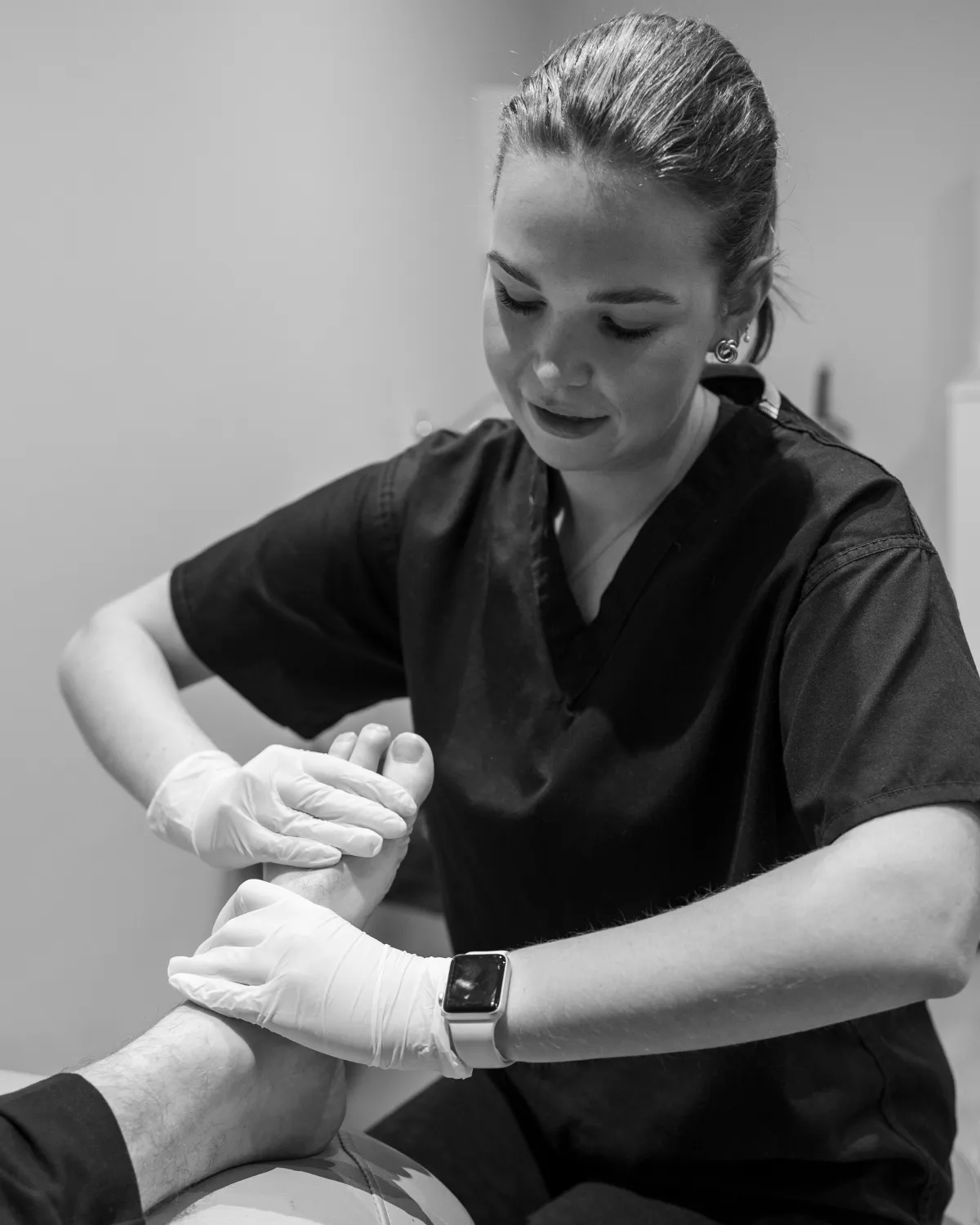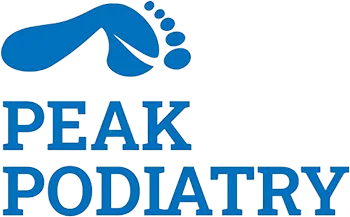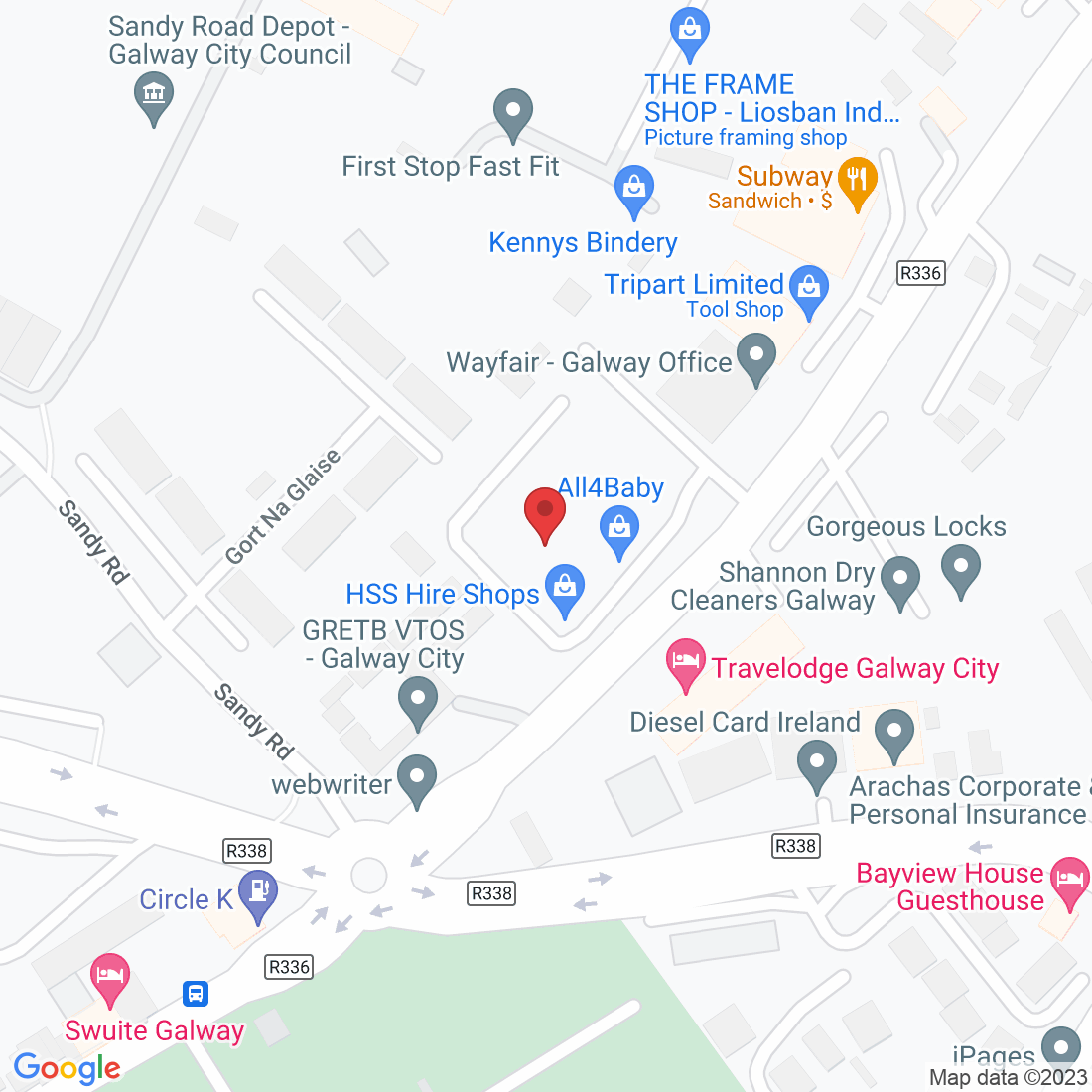
Ingrown Toenail Woes? Laser vs. Blade: A Podiatrist Weighs In
Alright, let's talk about ingrown toenails. We've all been there – that throbbing pain, the redness, the struggle to even put on a sock without wincing. But sometimes, those pesky ingrowns just won't budge with home remedies (trust me, I've seen it all!). That's when we podiatrists step in, and when it comes to advanced treatment options, two big players emerge: laser ablation and partial nail plate avulsion.
So, you might be wondering, which one is right for you?
Both techniques have their pros and cons, and as your friendly neighbourhood podiatrist, I'm here to break it down.
Let's start with the laser show:
Precision is key: Lasers are like tiny light scalpels, targeting the ingrown portion of the nail with pinpoint accuracy. This minimises damage to surrounding tissues.
Quick and (relatively) painless: Laser ablation is a faster procedure than traditional nail removal, and with local anaesthesia, discomfort is minimal.
Less bleeding, faster healing: Lasers cauterise blood vessels as they work, reducing bleeding and potentially speeding up healing time.
Sounds amazing, right? But there's a catch (or two):
Cost factor: Laser ablation can be more expensive than traditional methods.
Not a one-size-fits-all solution: Laser treatment might not be suitable for everyone, especially in severe cases or if the underlying cause isn't addressed.
Now, let's talk about the "blade" option, also known as partial nail plate avulsion:
The tried-and-true method: This is a well-established technique with a proven track record of success.
Cost-effective: This approach is generally less expensive than laser ablation.
But there are some things to consider:
Potential for discomfort: While numbing medication is used, removing part of the nail can be more uncomfortable than laser treatment.
Risk of bleeding and infection: Traditional methods can involve more bleeding and carry a slightly higher risk of infection.
Recovery time: Healing might take slightly longer compared to laser ablation.
The bottom line?
The best option for you depends on a variety of factors, including the severity of the ingrown toenail, your budget, and your personal preferences.
Here's the kicker: No matter which technique we choose, at Peak Podiatry, we prioritise your comfort and long-term healing. We'll discuss your specific situation, answer your questions, and recommend the best course of action to get you back on your feet (pain-free!) in no time.
So, don't suffer in silence! If that ingrown toenail is giving you grief, schedule an appointment with Peak Podiatry. Let's chat about your options and get you on the road to toe nail bliss!
Ask Robert And His Team
Fill in the form to request a Call From Our Team
Fill in the form to request a Call From Our Team
One of our team will call you for FREE and answer any questions or concerns you may have about your Foot Pain.
One of our team will call you for FREE and answer any questions or concerns you may have about your Foot Pain.
© Copyright 2022. Peak Podiatry All rights reserved.






